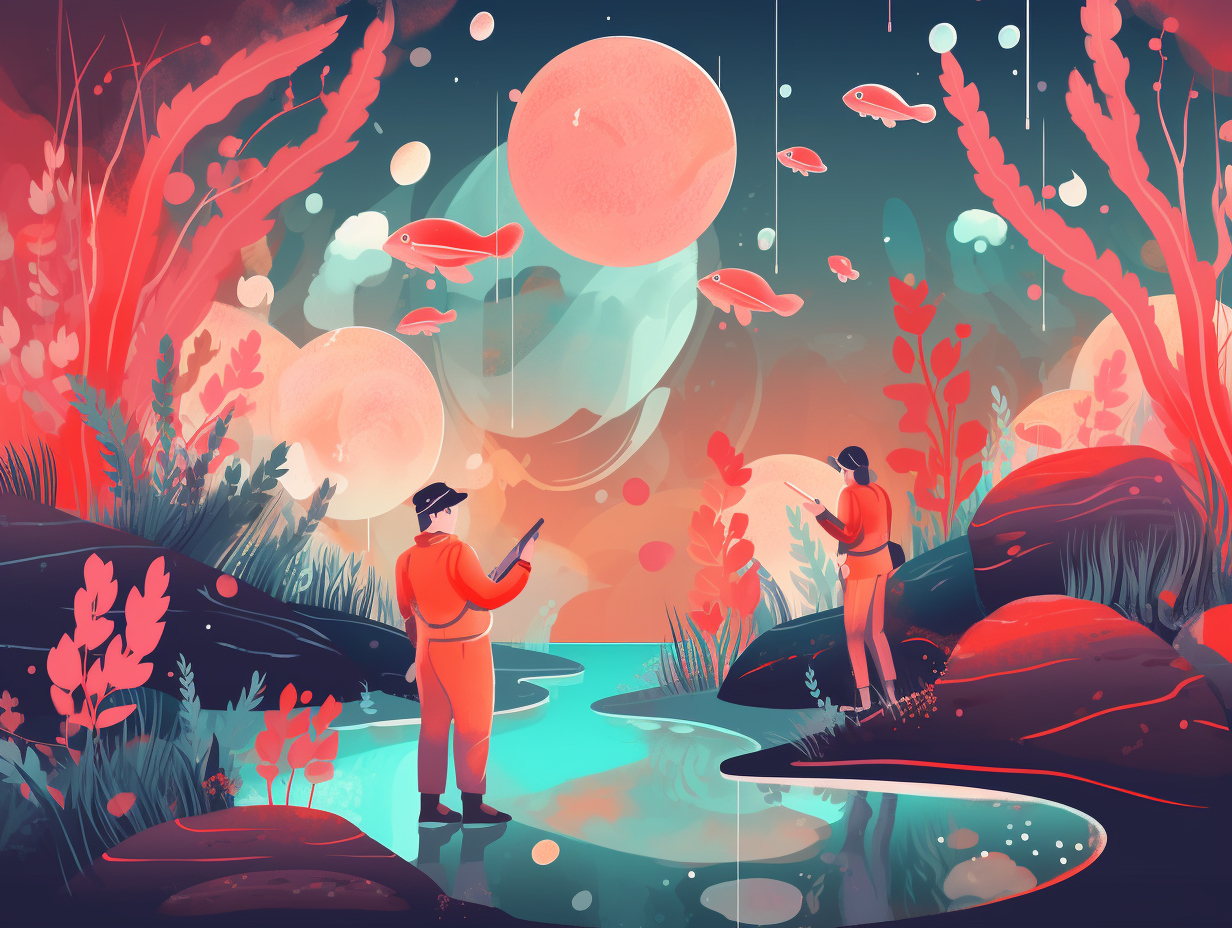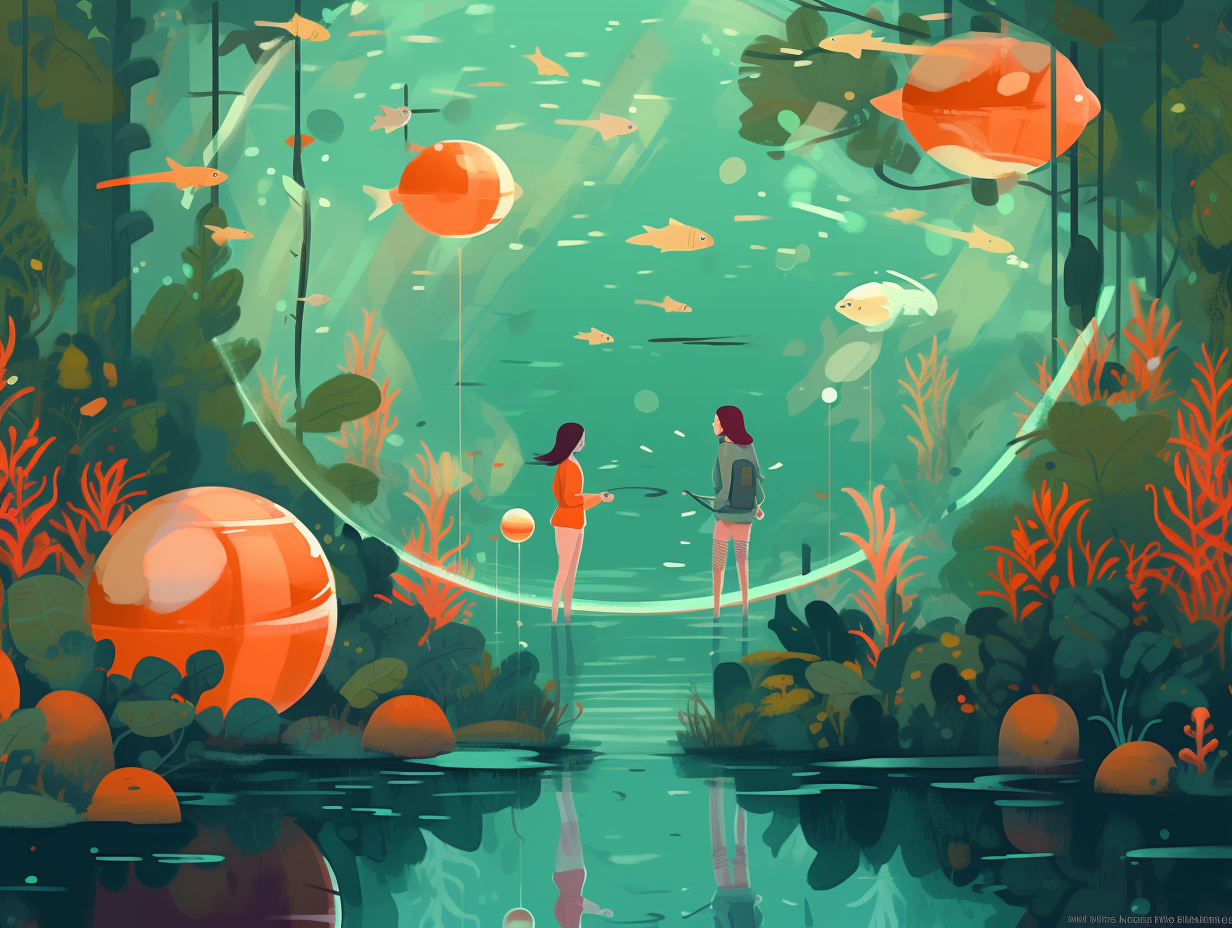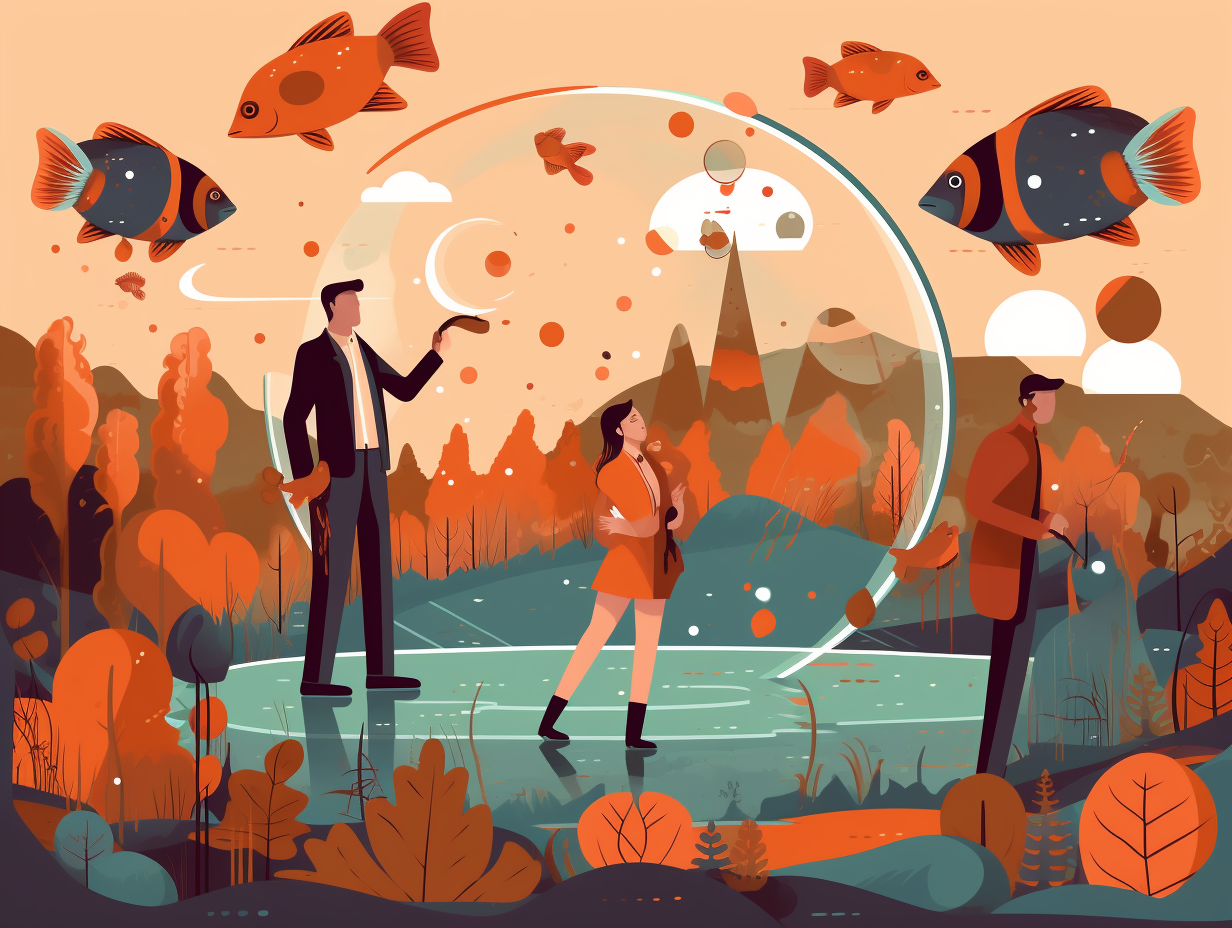Discover the Weird and Wonderful: Top 14 Fun Facts About Organisms You Never Knew!
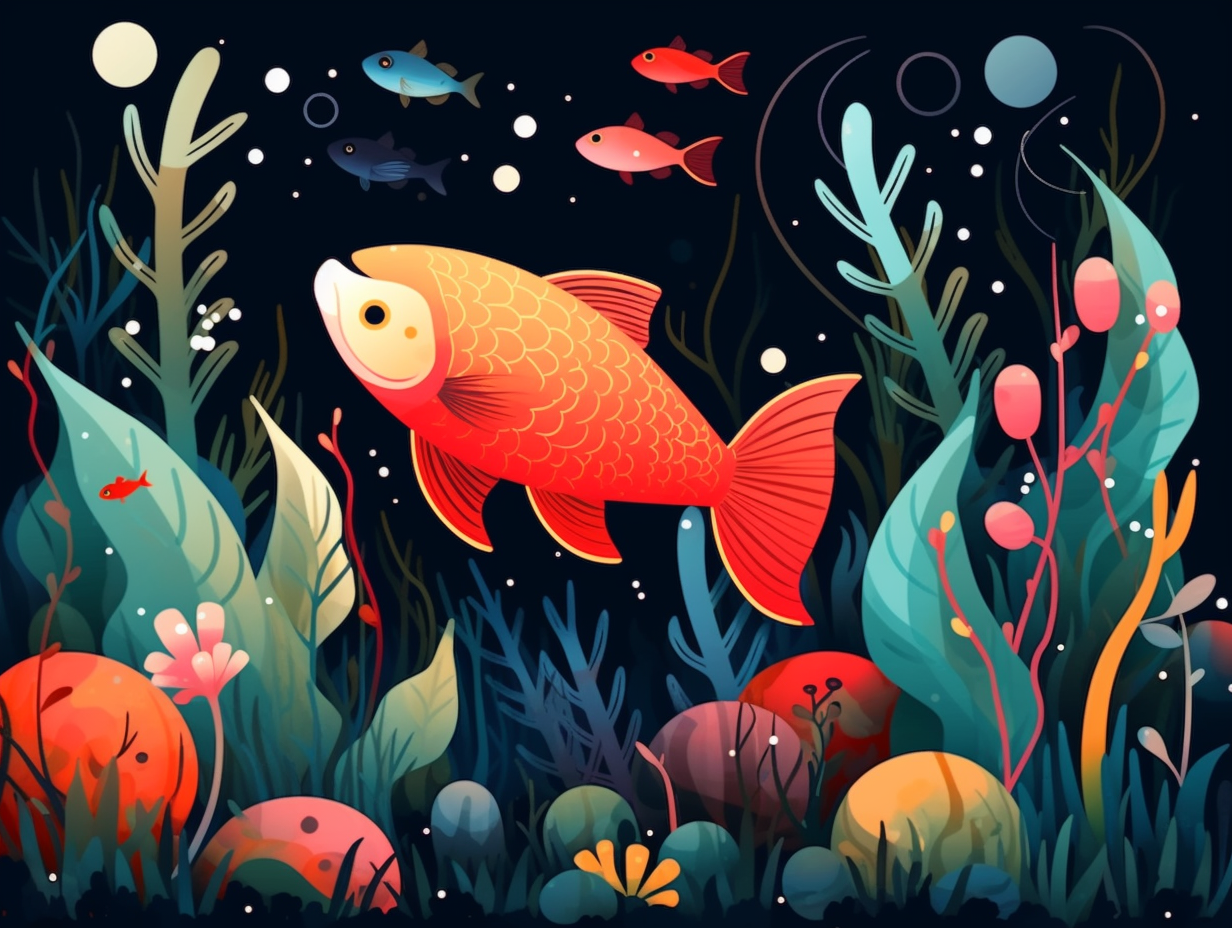
1. Vorticella: The Microscopic Jack-in-the-Box
Imagine if Jack in the Box decided to evolve into a one-celled creature: meet the Vorticella, the most fascinating party trick in the microscopic world! It's got a molecular spring called the spasmoneme that makes it go boing: using protein interactions, it can retract its stalk over a few hundred micrometers in milliseconds, giving high-speed cameras and electron microscopes a run for their money. Just think – this springy superstar could inspire the creation of biomimetic nanoscale actuators. Who knew science could be this fun?
Source => dspace.mit.edu
2. Slime Mold: The Brainless City Planner
In a twist that would make Mother Nature giggle with delight, it turns out that the secret masterminds behind our national highways and urban planning may just be a bunch of brainless blobs of slime: Researchers have harnessed the power of Physarum polycephalum, a brainless slime mold, to create routes eerily similar to actual systems designed by human engineers. The mold is naturally efficient in creating connections between food sources and demonstrates potential in helping with infrastructural projects on various scales, from national highways to college campuses.
Source => smithsonianmag.com

Did you know salamanders are slimy superstars that can regenerate lost limbs, organs, and tissues? Discover their amazing abilities in our fun facts about cells!
=> Fun Facts about Cells
3. Cone Snail Detective: Venomous Painkiller Expert
Watch out, Sherlock Holmes, there's a new detective in town with a killer instinct: the cone snail and its trusty sidekick, the radula tooth! This dynamic duo is a master in search-and-destroy missions, wielding venom with the accuracy of a champion dart player: With impeccable precision, cone snails inject their venom - a mix of potent peptides - straight into their prey's nervous system, making it a potential treasure trove for painkilling pharmaceuticals. In fact, Prialt, an FDA-approved drug derived from cone snail venom, is a whopping 1,000 times more powerful than your run-of-the-mill morphine.
Source => en.wikipedia.org
4. Venus Flytrap: Nature's Little Shop of Horrors
If you thought Little Shop of Horrors was just a movie, behold nature's real-life monstrous, flesh-munching creation: The Venus flytrap can catch prey as large as a frog and digest human flesh, using its lightning-fast movements and powerful digestive enzymes to break down the tough exoskeletons and nitrogen-rich blood of its victims. As a bonus feature, it's equipped with a nifty sodium expulsion trick to clear out the salt overload from its gourmet dinner – a valuable talent that's currently being studied for potential use in salt-resistant crops.
Source => utas.edu.au
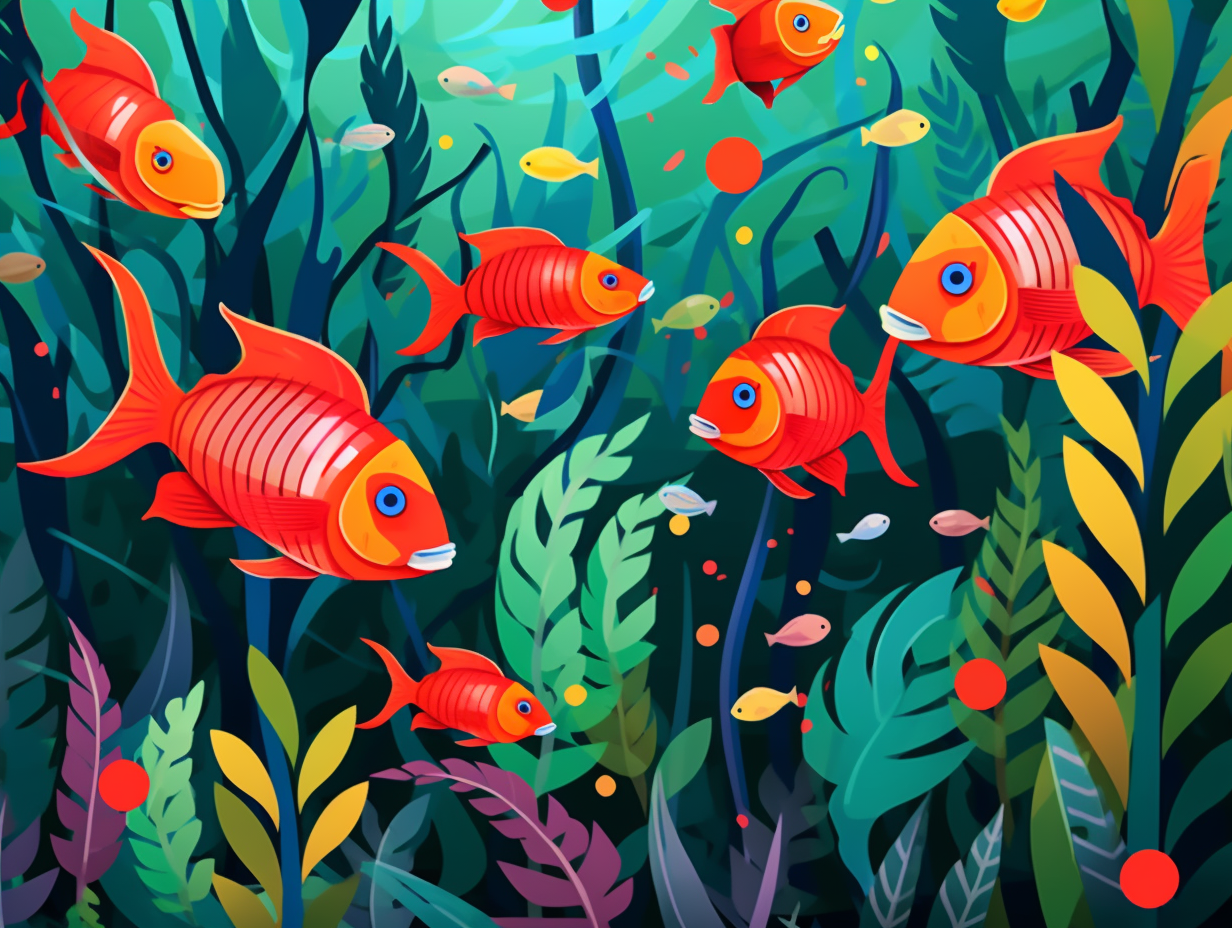
5. Axolotl: The Regenerating Salamander Superhero
Meet the axolotl: part Pokémon, part Wolverine, and all real-life superhero in the world of regeneration! Able to grow back their heart, lungs, ovaries, skin, spinal cord, tail, and limbs like it's no big deal: these Mexican salamanders are crucial for scientists like James Godwin, who study their tissue-repairing abilities to potentially aid human tissue damage and disease treatments one day.
Source => mdibl.org
6. Surinam Toad: A True Skin-Crawling Maternity Ward
Who says you can't keep your kids under your skin—quite literally speaking in the case of one fascinating amphibian: The Surinam toad births her younglings by embedding her eggs into the skin on her back and then later, in a bizarrely endearing fashion, watches as they emerge by squeezing out of her skin, providing them protection from predators until they're ready to hop onto their own adventures.
Source => wired.com
7. Praying Mantis: Dating and Decapitation
Forget dating apps, the praying mantis dating world is truly cutthroat: Some female mantids practice sexual cannibalism, but it's quite rare among the 180 species, and well-nourished females are less likely to munch on their mates, making hunger a possible cause of the grisly behavior. However, the act might actually benefit males in terms of reproductive success, as cannibalism can result in prolonged mating and a higher chance of fertilization, especially when the hapless Romeo loses his head – quite literally!
Source => pbs.org
8. Tardigrades: The Invincible Microscopic Superheroes
Move over, Superman: Tardigrades are nature's true superheroes with the power to brave extreme cold, radiation, and even the vacuum of space without breaking a sweat — or, you know, a tiny water chap. These microscopic marvels don't have plans for world domination, but they can enter a state of cryptobiosis, losing most of their body water and lowering their metabolism for decades until they find themselves in a more hospitable environment. Now that's what we call a proper power nap!
Source => popularmechanics.com
9. Lichens: The Resilient Survivors of the Plant World
Lichens might just be the superheroes of the plant world, with their exceptional ability to tolerate the harshest of conditions and make a comeback after years of near death experiences: These extraordinary organisms can survive desiccation, radiation, extreme temperatures, and low-nutrient environments, resuming growth slowly but surely once water returns, proving their adaptability and determination to thrive.
Source => ncbi.nlm.nih.gov

10. Glowing Mushrooms: The Insect Night Club Hosts
Did you hear about the night club for insects? The Neonothopanus gardneri mushrooms in Brazil sure know how to throw a happening party: These fungi emit bioluminescent light to attract the tiny party animals before hitching a ride on them to help spread their spores far and wide!
Source => lib.uchicago.edu
11. Ants Playing Dead: Nature's Red Light, Green Light
In a comical game of "red light, green light," some ants are proving that playing dead can be just as advantageous as being the life of the party: Polyrhachis femorata ants on Kangaroo Island have been observed feigning death as a defensive strategy for the entire colony, a behavior that has only been seen before in individual ants or specific cast members. This rare sneak peek into the world of ants is the first of its kind, scavenging new laughs and awe from the realm of these tiny undercover masters.
Source => sciencedaily.com
12. Bacterial Pathogens: The Tiny Houdinis of Infection
You might say that bacterial pathogens have a bag of tricks that rivals Harry Houdini's escape acts, as they bamboozle their host's immune system with the cunning and charm of a seasoned magician: These devious pathogens deploy tactics like antimicrobial peptide resistance and PAMP modifications, constantly evolving in a never-ending battle with their hosts, proving that even the tiniest of organisms can pack a punch with their adaptability and ingenuity.
Source => ncbi.nlm.nih.gov
13. Sea Lamprey: Dracula of the Deep
Ladies and gentlemen, prepare to meet the Dracula of the deep: the sea lamprey! While it may not possess the famed count's suave demeanor, it does showcase a flair for dramatic life changes and sanguine feasts: Spending their early years as harmless filter-feeders, sea lampreys transform into parasitic bloodsuckers, attaching themselves to unsuspecting fish in places like Lake Champlain, impacting native fish populations throughout their six-year feeding frenzy.
Source => dec.ny.gov
14. Chameleons: Nature's Living Mood Rings
Despite what you've seen in cartoons, chameleons aren't undercover spies using their color-changing abilities to hide from their enemies like a bad CGI Keanu Reeves in The Matrix: In reality, chameleons change color to regulate body temperature and communicate moods or intentions with a complex system of specialized cells called chromatophores, proving that even Mother Nature has her own version of mood rings.
Source => wired.com
Related Fun Facts









